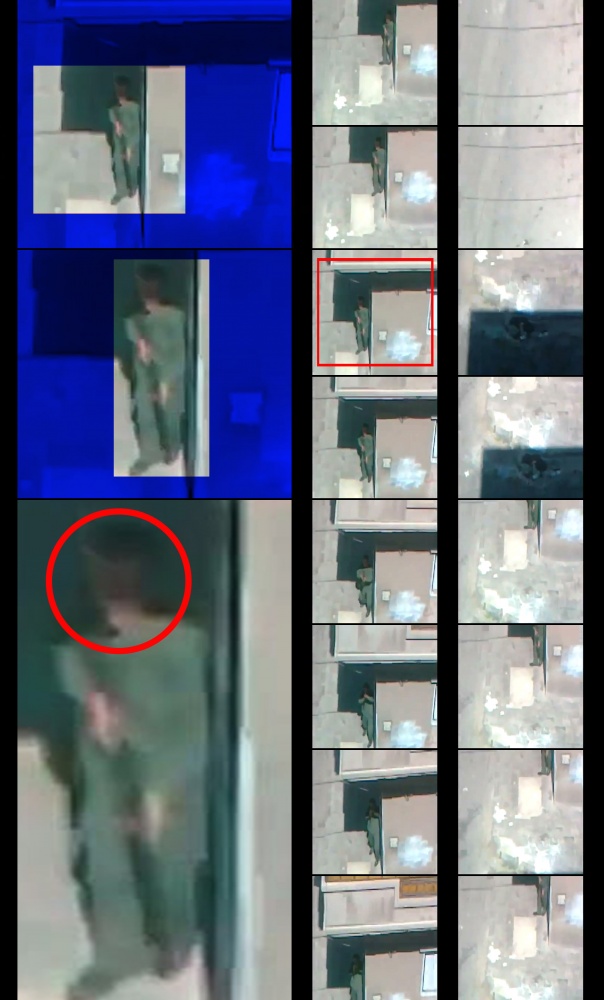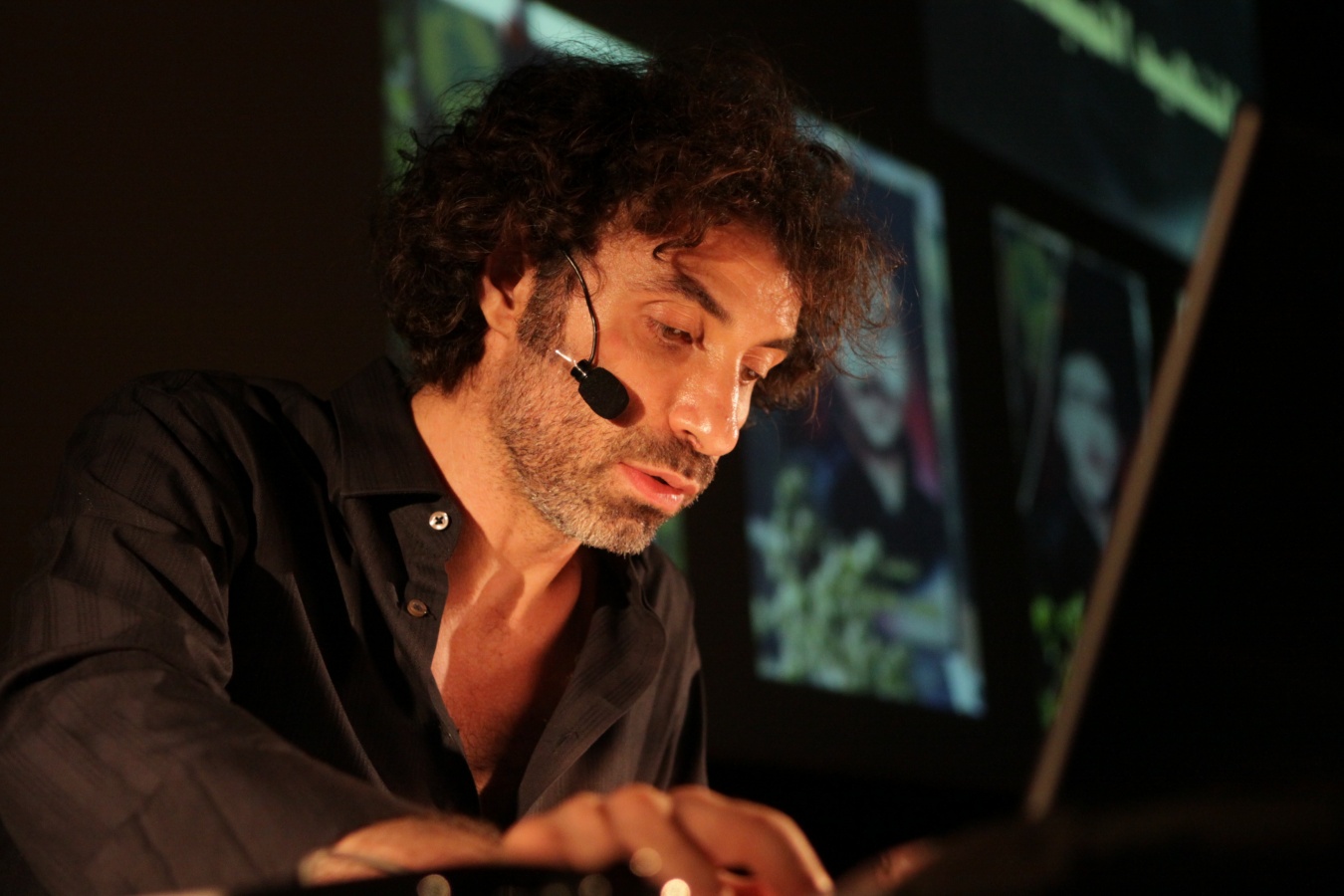The Artist: Rabih Mroué
Rabih Mroué (Beirut, Lebanon, 1967) lives and works in Beirut. Mroué is an actor, director, playwright, visual artist, and a contributing editor for The Drama Review (TDR) and the quarterly Kalamon. He is also a co-founder and a board member of the Beirut Art Center (BAC), Beirut. His complex and diverse practice, spanning different disciplines and formats in between theater, performance, and visual arts, has established Mroué as a key figure in a new generation of artistic voices in Lebanon. Employing both fiction and in-depth analysis as tools for engaging with his immediate reality, Mroué explores the responsibilities of the artist in communicating with an audience in given political and cultural contexts. His works deal with issues that have been swept under the rug in the current political climate of Lebanon, connected to the enduring marks left by the Lebanese Civil War as well as more recent political events.
He is a fellow at The International Research Center: “Interweaving Performance Cultures”/Freie Universität- Berlin, 2013/2014.
His works include: Riding on a cloud (2013), 33 tours et quelques seconds (2012), The Pixelated revolution (2012), Photo-Romance (2009), The Inhabitants of images (2008), How Nancy Wished That Everything Was an April Fool’s Joke (2007); Make Me Stop Smoking (2006); Looking for a Missing Employee (2005); Look into the Light… (2004); Who’s Afraid of Representation? (2003), Biokhraphia (2002); Three Posters (2000) and others…
The Artwork: The Pixelated Revolution
“Syrians are filming their own death,” thus begins The Pixelated Revolution. Part performance, part lecture, this searing video work examines the use of camera phones in capturing and disseminating first-hand experiences of the Syrian revolution, while exploring the role of social media in sharing and proliferating these images from the front lines. In what has been described as a “double shooting”, civilians shoot army snipers with their phone cameras in an attempt to bear witness and then hold the snipers to account by posting their actions on the Web. Rabih Mroué has culled images from YouTube, zooming in to scrutinize snipers’ features, only to see them pixelate into abstraction the more closely he searches for their identity. Mroué plays the role of curator, interpreter, and commentator for the images and videos, projecting evidence of past events, dead moments, and moments of death. Commissioned and produced for and by Documenta 13, Kassel. Co-produced by: Berlin Documentary Forum – HKW/ Berlin 2012. English translation by Ziad Nawfal.
The Place Iñiguez Palace
Address: Alameda 1570
Type of Protection: National Monument in the category of Typical Zone “Eighteen Street”
The Íñiguez Palace was built in 1908 by architects and builders Alberto Cruz Montt and Ricardo Larraín Bravo. The building, constructed by order of Don Eduardo Iñiguez Tagle as his residence, recreates the style used in the French Renaissance. It has a lot of unique ornamental details such as statues, medallions and garlands. The two upper floors were originally designated as the Íñiguez Undurraga family residence. The first level, meanwhile, hosted business venues, including the traditional Confitería Torres or Café Torres. Duoc UC is the current owner.


